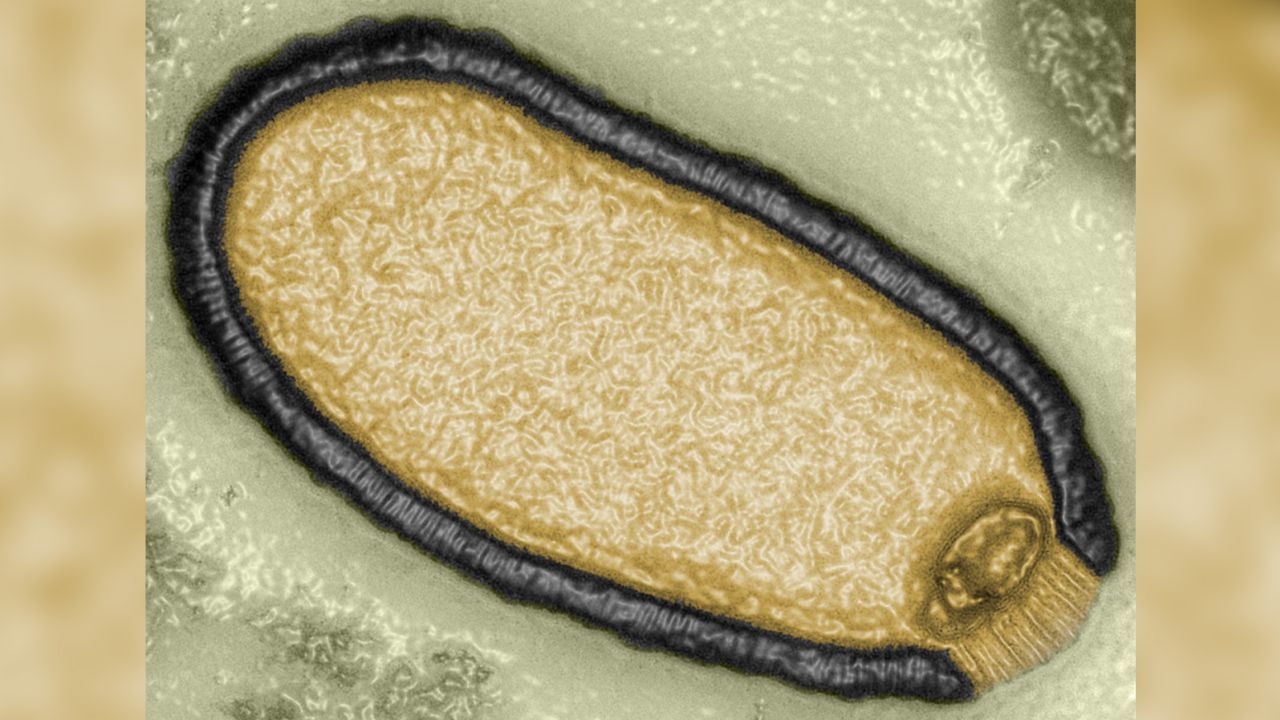
Scientists Revive Zombie Virus after 48,500 Years Frozen in Permafrost
Scientists have made a shocking discovery after reviving a virus that had been frozen in permafrost for over 48,500 years. The virus, which has been dubbed the "zombie virus" due to its ability to infect amoebas, was found in a sample of permafrost taken from Siberia. This discovery has raised concerns about the potential risks of global warming, as melting permafrost may release other dangerous pathogens that have been dormant for thousands of years.
The discovery was made by a team of scientists from France, Russia, and the United States, who were studying the effects of global warming on permafrost. They collected a sample of permafrost from the Kolyma River in Siberia, which had been frozen for over 48,500 years. They then isolated a virus from the permafrost sample and attempted to revive it by infecting an amoeba with the virus.
To their surprise, the virus was able to infect the amoeba and begin replicating itself. The scientists were able to sequence the virus's genome and found that it belonged to a family of viruses known as the Pithoviridae, which are among the largest viruses known to science. The virus was also found to be distinct from other known viruses, indicating that it had been isolated from the rest of the world for thousands of years.
Also Read:
The discovery of the zombie virus has raised concerns about the potential risks of melting permafrost, which is a consequence of global warming. Permafrost is a layer of frozen soil, rock, and organic matter that covers large areas of the Arctic and sub-Arctic regions. As global temperatures rise, permafrost is thawing at an alarming rate, releasing carbon dioxide and methane, two potent greenhouse gases, into the atmosphere.
In addition to greenhouse gases, melting permafrost may also release other dangerous pathogens that have been dormant for thousands of years. These pathogens include bacteria, fungi, and viruses, some of which may be harmful to humans and other animals. The discovery of the zombie virus is a stark reminder of the potential risks of melting permafrost and the urgent need to address global warming.
Heading: The Zombie Virus and Its Potential Threat to Humans
While the zombie virus is not known to infect humans, its discovery has raised concerns about the potential threat posed by other pathogens that may be lurking in permafrost. As permafrost thaws, it may release bacteria and viruses that have been frozen for thousands of years, some of which may be harmful to humans.
One such example is anthrax, a deadly bacterial disease that can cause severe illness or death in humans and other animals. In 2016, an outbreak of anthrax in Siberia was linked to the thawing of permafrost, which released spores of the anthrax bacteria into the environment. The outbreak resulted in the deaths of one person and the hospitalization of several others.
Other pathogens that may be released from permafrost include the bubonic plague, which caused several pandemics in the past, and smallpox, a deadly viral disease that was eradicated in the 20th century. These pathogens pose a serious threat to global health and underline the urgent need to address global warming and its consequences.
Heading: The Importance of Studying Permafrost
The discovery of the zombie virus highlights the importance of studying permafrost and its effects on the environment. Permafrost covers approximately 25% of the Northern Hemisphere and contains large amounts of organic matter, including carbon, that has been stored for thousands of years.
As permafrost thaws, the organic matter begins to decompose, releasing carbon dioxide and methane into the atmosphere. These greenhouse gases contribute
Read More:
That's it for this article.
Thanks for Visiting Us – fixyanet.com




0 Comments